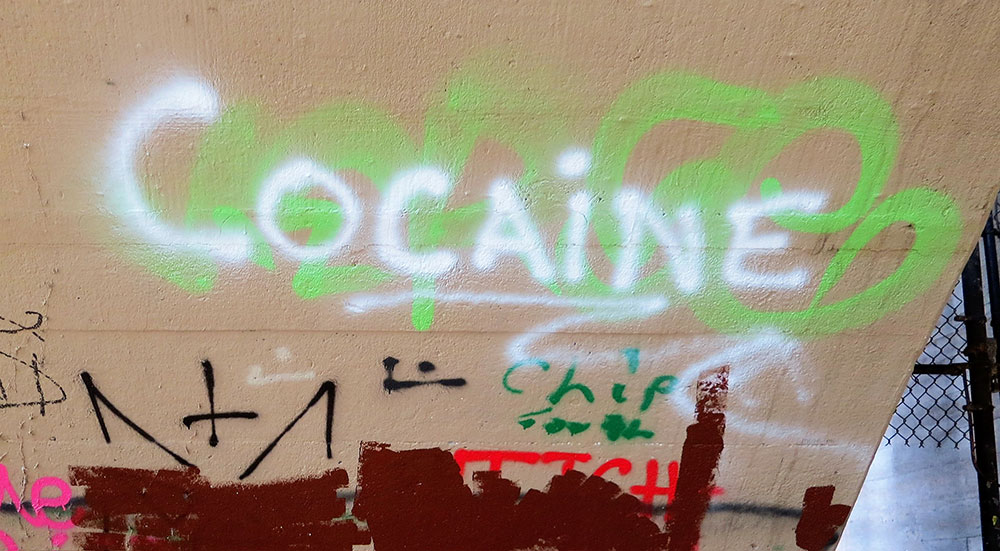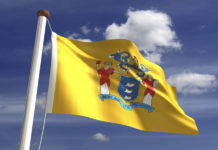A few months ago, the National Survey on Drug Use and Health (NSDUH) reported a drop in the number of cocaine users in America, which led many to believe the drug was actually losing its appeal. However, this month, the United States Department of State released its annual International Narcotics Control Strategy Report, which shows that cocaine is regaining its popularity.
Indications show that “cocaine use and availability is on the rise in the United States for the first time in nearly a decade,” the report stated, before pointing that the recent boost in cocaine’s popularity is caused by an increase in supply.
The U.S. Drug Enforcement Administration estimates that nearly 90 percent of the cocaine apprehended on American soil comes from Colombia.
And Colombia’s cultivation of coca leaves has increased significantly in recent years, expanding more than 40 percent in 2015 – in the same year, the number of fatal overdoses caused by cocaine in the U.S. was the highest since 2006.
In December, the Substance Abuse and Mental Health Services Administration (SAMHSA) released a report also showing that in 2015, at least one person out of every 20 people, aged 18 – 25, had used cocaine in America.
But the report released this month emphasizes that the impact of the surge in Colombia’s cocaine production hasn’t been fully felt yet due to the lag time between the cultivation of coca leaves and distribution of cocaine.
Past progression
In the early 1900s, hundreds of early Hollywood silent films featured use and trafficking of cocaine, a drug that had been popular among people in the industry.
Although the Harrison Narcotic Act officially outlawed cocaine in the U.S. in 1914, the drug remained popular. For example, a 1916 short called the Mystery of the Leaping Fish featured Douglas Fairbanks — one of most prominent movie stars of the time — as detective Coke Ennyday, and the first scene showed Fairbanks next to a bowl labeled ‘cocaine,’ as he injects a substance in his arm.
In the 1970s, as Colombian drug lords started to set up networks to smuggle cocaine into the U.S., national reports showed that the percentage of American students who tried the drug had increased by 10 times. The headline of a New York Times Magazine article published in ‘74 read: “COCAINE: The Champagne of Drugs,” proceeded by an introduction that highlighted the benefits of cocaine in comparison to other drugs.
Then cocaine reached its real peak during the 1980s. By ‘82, as President Reagan waged a war on drugs, more than 10 million Americans used the drug. In 1998, that number had dropped drastically — reports showed that 3.8 million people used the drug in the country. Then, the 2000s brought in a wide variety of new drugs. With new options — that were often prescribed by doctors — cocaine continued to lose popularity.
In December, an NSDUH report revealed… (continue reading)

















